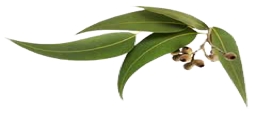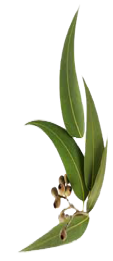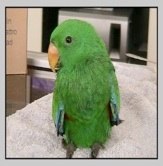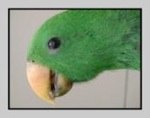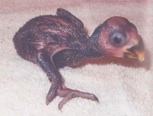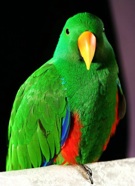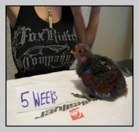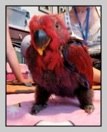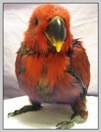There are people who like to rush the weaning process by having the chick force weaned at an too early age and too quickly. These people want their Eclectus fully weaned by earlier than 3 months old and these birds can often develop behaviours when they arrive to the new homes of unsuspecting care givers who have no idea what is going on and why the bird is not behaving normally.
Eclectus parrots need to be allowed to wean in their own time. Some can start to show signs of weaning around 8 weeks of age and wean independently as early as 10-11 weeks old. While this is possible it is also rare to happen. Other chicks can take up to 6 months to fully wean. The average age to wean is 3-4 months old.
For some chicks there is a window of opportunity when they’re ready to start weaning and you will see this. If you don’t see this and miss it, it can cause some weaning problems and behaviours in some chicks. Generally if they're ready to start weaning they may play with their formula, bite the formula or utensil you're using, growl at it, refuse a feed.
If you have a new baby Eclectus parrot that is screaming or 'crying' continually, it can be an indication it is malnourished and has not been weaned properly, been force weaned and is still hungry. If this happens these chicks usually need to be put back onto their formula and weaned again, properly. This can cause a lot of strain with the new care givers because they're not experienced in this area and don't know what to do and it is not something they have expected.
During the weaning process of a chick you should have several food bowls scattered at the bottom of the cage. This gives the chick the opportunity to play with, experiment, taste all kinds of new food. You don't have to have cooked, warmed or mashed food. Raw is perfectly fine for them to try.
While some people do want to gain some experience by rearing and weaning a chick, this should never be done unless you are prepared properly for this. Preparation is lots of research. You need to know as much as possible to get your chick the best start. Never presume because you're experienced in rearing other chicks you know what you're doing. Speak to as many breeders as you can and get as much information from them before you decide to do this.
If you prefer to take a safer option and have the breeder/seller wean the chick for you, you should not take the chick until you can see it is eating well on it's own, eating a good variety of foods and is not screaming or crying. It should be bright and alert. And you should allow the chick one month after weaning before you take it home. This gives the seller one month to make sure the chick is well, healthy and sort out any issues that may arise within that time. After the one month mark is over your chick will be fully weaned and healthy with no issues.

